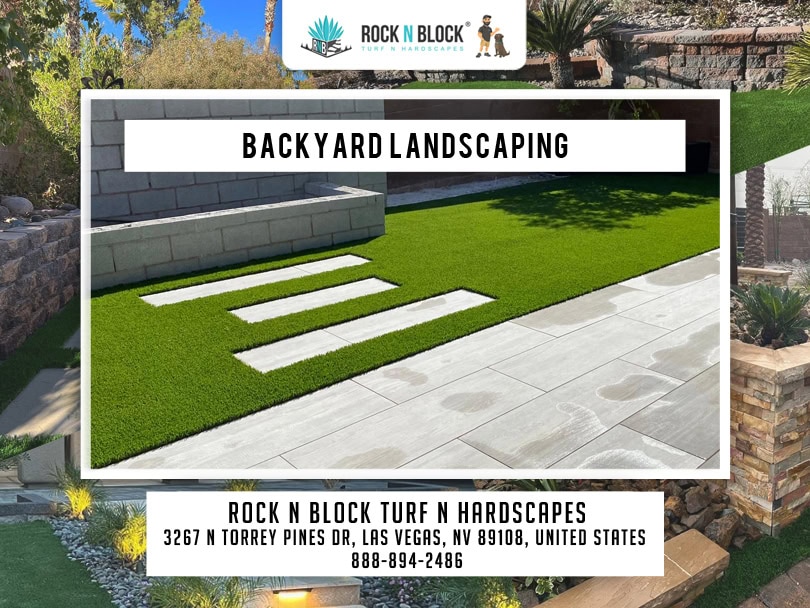
Drought Tactics 2.0: Las Vegas Ups the Game with Advanced Landscaping Workshops
Posted by Landscaping Las Vegas on
Las Vegas has made strides in water conservation, but a series of advanced landscaping workshops now guides residents toward even bolder tactics. Organized by local horticulture experts, these sessions delve beyond the basics of xeriscaping—covering topics like soil biology, pollinator-friendly plant selections, and integrated pest management. For homeowners, the payoff lies in cost savings, ecological benefits, and striking yard designs.
A prime focus is on soil health. While many desert soils are sandy or low in organic matter, workshop leaders demonstrate how adding compost, coconut coir, or even worm castings fosters fertility and moisture retention. By prepping soil correctly, participants set the stage for healthier shrubs and wildflowers, ensuring that irrigation isn’t wasted on barren ground.
Another hot subject is beneficial insects. Instructors encourage mixing in pollinator plants like penstemon or desert willow to attract bees, butterflies, and hummingbirds. Aside from boosting biodiversity, these helpful creatures reduce reliance on chemical pesticides. Workshops showcase how certain flowering species naturally ward off pests. Such knowledge helps homeowners transition to more natural yard care, strengthening local ecosystems.
Irrigation innovation also gets substantial airtime. Beyond drip lines and smart controllers, experts reveal ways to install micro-sprinklers for tricky areas or potted plants. They caution about oversaturating desert species, emphasizing that short, frequent watering beats occasional flooding. Real-time demonstrations let participants experiment with adjusting water pressure and angles, better understanding how water moves across various mulches or hardscapes.
In tandem, the workshops delve into aesthetic cohesion. Landscapers show how layering gravel colors—like lighter pebbles around cacti and darker rocks near walkways—yields visual interest. They advocate for grouping similarly thirsty plants, forging unified “plant palettes” that reduce guesswork in watering. Artful touches—like boulder clusters or subtle nighttime uplighting—elevate desert-friendly designs to magazine-worthy status.
Finally, many classes remind attendees about local rebates and incentives for reducing turf. By trading in water-hungry lawns for native or climate-adapted flora, participants reap financial rewards and curb monthly bills. These advanced workshops highlight a future where landscaping Las Vegas means sophisticated design underpinned by ecological stewardship. Rather than a bland desert look, the city’s evolving approach ushers in lush, efficient landscapes that thrive despite the region’s challenges.